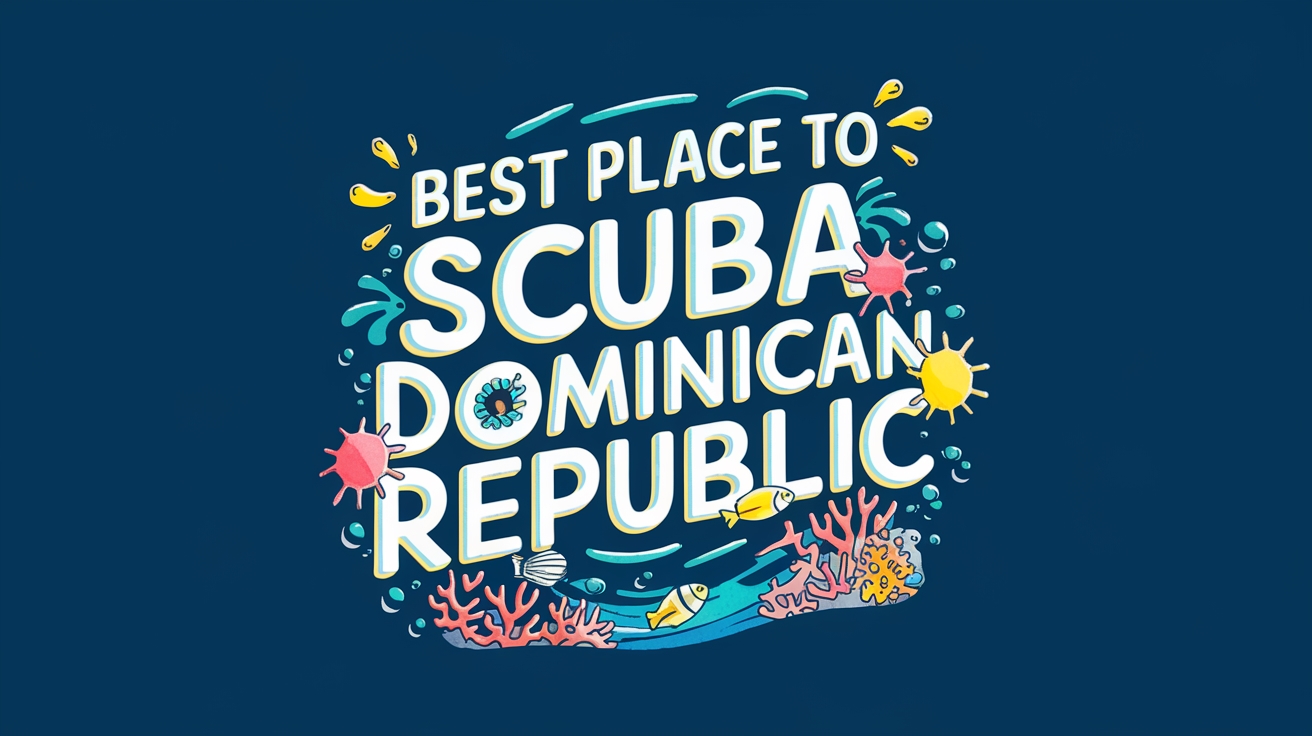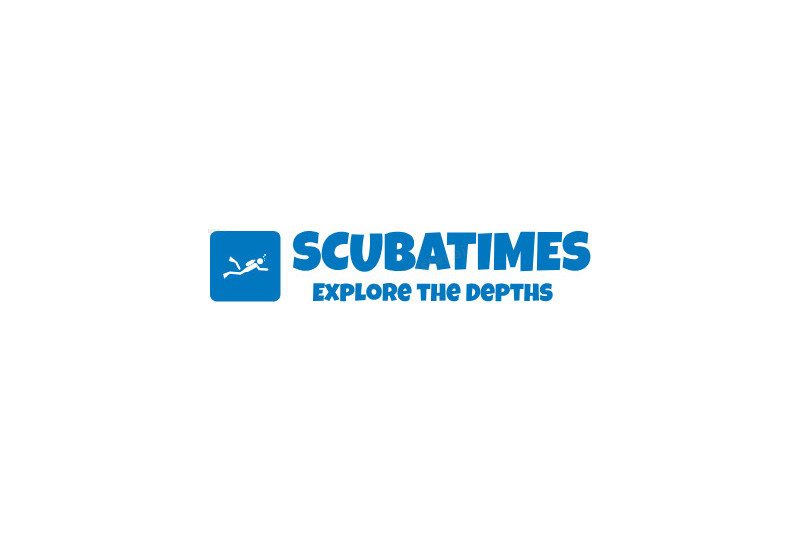Diving safety gear includes various tools, among which the surface marker buoy (SMB), commonly known as a safety sausage, is yet often underestimated. This simple device plays a vital role in enhancing safety by serving as a communication link between divers underwater and boats above. While divers frequently focus on advanced equipment like dive computers and regulators, the safety sausage is a fundamental item that can greatly influence the safety of your ascent. Understanding how to use and choose the right SMB requires consideration of several important factors.
What Are Safety Sausages?
Safety sausages, also known as surface marker buoys (SMBs) or plunge tubes, are inflatable devices used by divers to signal their position at the surface. These safety tools are typically long, cylindrical tubes made from durable, brightly colored materials, like orange or yellow, to ensure visibility.
Understanding how to use and select the right SMB involves considering several important factors. First, divers should be aware of the different types of SMBs available, such as those that are inflated manually or automatically. The size and visibility of the buoy are also critical; a larger, brightly colored SMB can be seen from a greater distance, improving the chances of being spotted by boaters.
Additionally, divers should practice deploying the SMB during training dives to ensure they can do so quickly and effectively in case of an emergency. Familiarity with the buoy’s operation, including how to inflate it and secure it to a line, is essential for maximizing its effectiveness.
Ultimately, prioritizing the safety sausage in your diving gear can significantly enhance your overall safety and communication while underwater.
Key Takeaways
- Safety sausages are inflatable tubes used by divers to signal their location at the surface and draw attention from boats.
- Constructed from sturdy TPU or nylon in bright orange or yellow colors, they typically measure between 4-6 feet in length.
- Divers can deploy them underwater using backup air sources or at the surface for emergency signaling and marking their spot.
- These items are recommended by diving organizations and feature reinforced seams and secure attachment points for dependable use.
- To ensure they function properly when needed, regular maintenance involves rinsing with fresh water, proper drying, and careful storage.
Types of Safety Sausages
The basic model is the traditional safety sausage, a bright-colored tube that can be inflated at the surface for signaling your location to boats. Another option is the delayed surface marker buoy (DSMB).
What is the Difference between Safety Sausage and DSMB?
Safety sausage and DSMB (Delayed Surface Marker Buoy) are both safety devices used in diving. A safety sausage is a brightly colored inflatable signal used to indicate a diver’s location at the surface, improving visibility to boats. In contrast, a DSMB is deployed underwater to signal ascent or to mark a diver’s position while ascending, providing safety during decompression stops.
More advanced models include those with reflective strips or LED lights for visibility during night dives. Additionally, some SMBs have integrated weights or anchor systems to stay in place in choppy waters.
Essential Features To Look For
When choosing a surface marker buoy for diving, consider several important features. The material should be strong, tear-resistant, and easily visible, with international safety orange being the ideal color for visibility in various weather conditions. Quality safety sausages come with oral inflation valves and reliable dump valves for quick inflation and deflation.
The marker should be at least 6 feet (1.8 meters) long to ensure visibility from a distance, and wide enough to provide a decent surface area without being cumbersome underwater. Look for reinforced seams and strong attachment points to endure rough sea conditions and frequent use. Many good markers also have reflective strips for better visibility in low-light situations.
Storage is also important; markers that can be rolled or folded into a compact size fit well in a BCD pocket. Additional features to consider are over-pressure relief valves to avoid bursting at depth, weighted bottoms for stability in wind, and separate oral inflation tubes to keep water out during deployment.
How to Deploy Underwater?
Deploying a surface marker buoy underwater requires proper technique to ensure safety and effectiveness. First, find a safe spot away from other divers and hazards, then unfold your safety buoy while maintaining neutral buoyancy. Grip the bottom of the buoy firmly, making sure the opening is facing upward and free of tangles.
Attach your backup air source or octopus regulator to inflate the buoy, being careful not to add too much air at once. As the buoy starts to inflate, slowly release it while keeping control of the bottom section. Avoid wrapping the line around your hand or gear to prevent entanglement. Use a reel or spool to manage the line’s release.
Let the buoy rise gradually by feeding out the line steadily. Once it reaches the surface, secure the line at your depth, ensuring enough tension to keep the marker visible above. In rough conditions, you may need to add extra air to counteract surface waves compressing the buoy.
Best Materials and Construction
When choosing a surface marker buoy, opt for models made from durable thermoplastic polyurethane (TPU) or tough nylon. These materials resist tears and remain flexible in cold water, plus they are easy to spot with their bright orange or yellow colors.
A reliable safety sausage has reinforced seams with double or triple stitching to withstand pressure. Many professional-grade options feature an oral inflation valve with a one-way check system to keep water out and allow for quick inflation. The recommended length is between 4 to 6 feet, ensuring good visibility above the water.
Enhanced models may offer reflective strips for low-light visibility, mesh storage pockets for easy packing, and pressure relief valves to avoid bursting at depth. The base should include a secure attachment point, typically a stainless steel or plastic D-ring, allowing users to easily clip it to their gear for quick access in emergencies.
Storage and Maintenance Tips
Proper storage and maintenance are essential for extending the life of your safety sausage. After each use, rinse it thoroughly with fresh water to eliminate salt, sand, and debris that can harm the material. Let it dry completely in a shaded area, as direct sunlight may lead to fading and degradation.
Store your safety sausage in a cool, dry location, away from sharp objects that could cause punctures or tears. Rolling the sausage instead of folding it helps avoid permanent creases that may affect its deployment. Using a mesh bag or storage pouch can protect it while allowing any remaining moisture to evaporate.
Regularly check your safety sausage for signs of wear, focusing on seams, valves, and attachment points. Inspect for holes, tears, or material deterioration, especially before longer diving trips. If you find any damage, replace the safety sausage right away, as compromised equipment may fail when needed. When traveling, pack it separately from heavy gear to prevent any damage from pressure.
Surface Signaling Techniques
To effectively use a safety sausage, it’s important to master several key surface signaling techniques. When deploying your safety sausage, maintain a stable position at the surface while fully extending the tube upright for better visibility from boats and rescue vessels. Hold the base of the tube firmly, and inflate it with controlled breaths to avoid twisting or collapsing in windy conditions.
Enhance your signaling by combining your safety sausage with other attention-grabbing methods. When vessels are nearby, wave the inflated tube in a slow side-to-side motion, and use your whistle or other sound devices in conjunction with this movement. In strong currents, tilt the tube slightly into the wind to keep it upright and prevent it from folding over.
In low-light situations, attach a strobe light or chemical light stick to the top of your safety sausage for improved visibility. Always be aware of your surroundings while signaling, keeping an eye on approaching boats and any changing weather conditions that could impact your signaling.
Choosing the Right Size
Selecting the right size for a safety sausage is important for effective visibility during diving. Standard safety sausages typically range from 4 to 6 feet in length, with diameters of 3 to 5 inches when inflated. A 4-foot model is usually sufficient for recreational diving in calm waters, while technical divers often prefer 6-foot versions for better visibility in more challenging conditions.
When choosing your safety sausage, think about the diving environment you’ll be in. Ocean divers should opt for longer models, as larger waves can make shorter ones harder to see from rescue boats. The tube’s diameter also matters; thicker tubes provide a larger visible surface area when deployed. Many divers carry both a compact 4-foot version for normal conditions and a longer 6-foot model for tougher situations.
Material durability should match the size, as longer tubes need stronger construction to stay rigid when inflated. Quality safety sausages often have reinforced seams and sturdy attachment points, which are especially important for larger sizes.
Emergency Communication with Boats
A safety sausage is an essential tool for connecting swimmers in distress with rescue boats. When used properly, this brightly colored surface marker can be seen from far away, helping boat crews locate individuals in trouble, especially in rough waters or adverse weather.
To communicate effectively with boats using a safety sausage, divers should fully inflate the tube and stay at or near the surface. The bright orange or yellow color makes it easily visible against the water. To enhance visibility, divers can wave the inflated tube side-to-side, which helps it stand out from the waves.
Many safety sausages come with reflective strips that catch sunlight or other light sources, making them noticeable even in low-light situations. Some models also offer additional features like whistles or reflective panels. When combined with other emergency signals, such as sound devices or glow sticks, safety sausages improve the chances of a successful rescue.
Training with Safety Sausages
Training with safety sausages ensures effective use during emergencies. Divers should practice deploying their safety sausage in controlled, shallow waters before relying on it in deeper situations. Focus on mastering the basic skills of unfolding, inflating, and controlling the device while maintaining neutral buoyancy.
Training sessions should cover both surface and underwater deployment techniques, as different situations may require varied approaches. Divers learn to utilize their backup air source or exhaled bubbles to fill the sausage while keeping track of their air supply. The training also addresses proper storage and attachment methods for quick access.
Advanced training includes drills in different water conditions, such as moderate currents and small waves. Divers practice deploying the sausage with one hand while managing other gear, simulating real-life emergency scenarios. Regular practice helps maintain skills, especially for those who dive less frequently. Training should highlight the best positioning of the safety sausage for visibility from various angles and distances.
Safety Regulations and Requirements
Diving organizations establish safety requirements for buoy devices in both recreational and professional diving. The Professional Association of Diving Instructors (PADI) and similar agencies require dive operators to carry surface marker buoys during open water activities, especially in areas with boat traffic or tricky conditions.
Regulations generally dictate minimum size standards, with most organizations requiring safety buoys to be at least 4-6 feet (1.2-1.8 meters) tall when inflated. The material should be bright orange or yellow, and some regions mandate reflective strips for better visibility in dim light. Commercial diving operations typically have more stringent rules, including backup devices and specific deployment methods.
Various diving locations have local rules that add to international standards. For example, several Mediterranean nations require divers to have surface markers, while Australia mandates safety buoys in certain marine parks. Not adhering to these regulations can lead to restricted access to dive sites or fines from local maritime authorities.


